Once you’ve begun to stockpile survival gear, it can be hard to determine what you’re missing from your list. As a result, we’ve taken the time to create as much of a comprehensive list of all the different types of survival gear as possible.
Of course, every survivalist is different and has different needs. Thus, no two survival gear stockpiles or survival kits will look the same. Some will undoubtedly want to stay away from purchasing battery or electricity dependent gear, for instance, while others will want to go the hyper-minimalist route, only buying what they think they will really need (and perhaps be able to carry in a single backpack). Don’t feel pressured into extending your list of survival gear by buying something you don’t really think you’ll use. Instead, scan this list for items that you might have forgotten or think would really compliment your needs as a survivalist.
I’ve taken the time to organize the gear into different categories for your convenience: to make browsing much easier. Check out the list and tell us if there’s anything you think you should add to your own personal list of survival gear!
Also, please let us know in the comments if there are any pieces of survival gear we’ve missed and you think should be added to the list. I’m sure there are plenty of value items we’ve forgotten!
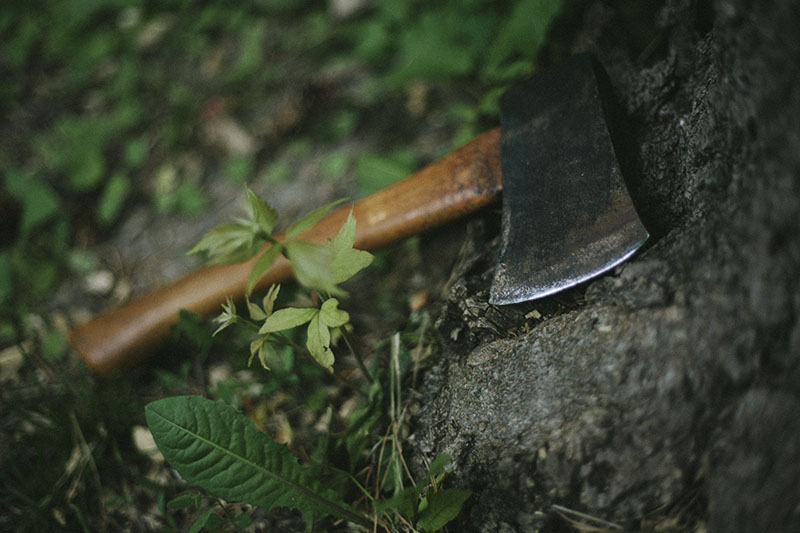
1. Survival Gear List of Tools
Most of the items on this list are must-have survival gear pieces. With the proper tools, you can typically make your own shelter in case you need to, or fix one that you already have. Good survival tools can also help you to gather wood for creating fire for heat and to cook with, which is why tools are the very first thing on our list.
Knives
- Pocket knife
(ex. Zero Tolerance ZT0350TS Folding Knife or
Benchmade Adamas Folding Knife)
*See list of best EDC knives / list of best bang for buck folders - Survival/bushcraft fixed blade knife
(ex. Mora Companion Heavy Duty Knife) - Survival/bushcraft machete
(ex. Ontario 6145 Military Machete)
Illumination
- Flashlight
(ex. Nitecore P12 Tactical Flashlight) - Lantern
- Emergency candles
(ex. 100 Hour Plus Emergency Candle)
Bags/Packs
- EDC bag
(ex. Condor EDC Bag) - Hiking backpack
(ex. 5.11 Rush 12 Back Pack) - Bug out bag
(ex. 5.11 Rush 72 Back Pack)
Other Survival Tools
- Axe
(ex. Fiskars 7857 Chopping Axe) - Saw
(ex. Bahco Laplander Folding Saw) - Knife sharpener
(ex. Spyderco Sharpmaker Tri-Angle Knife Sharpener or
Lansky Blademedic Pocket Knife Sharpener) - Scissors
- Nails
- Hammer
- Pliers
- Duct tape/Gorilla tape
- 550 strand paracord
*See guide to paracord - Multi-tool
(ex. Leatherman Wave Multi Tool) - Crowbar/fubar
(ex. Stanley FatMax Xtreme 55-120 FuBar III) - Plastic tubing
- List of survival tools coming*
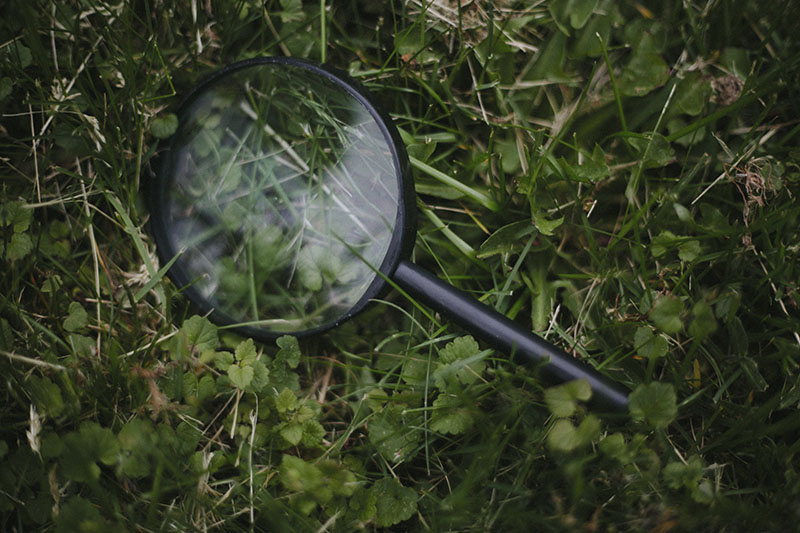
2. Survival Gear List for Firecraft
The ability to make fire is exceptionally important in survival situations. Although you don’t need everything mentioned in the list below in order to make a fire, it might be handy to have a small variety of options as back ups, in case a lighter runs out of propane, for instance.
Please note how difficult it can be making a fire through traditional survival & bushcraft techniques like rubbing sticks together. While I wholeheartedly recommend you practice and aim to perfect these no-gear-needed fire-making skills, I also recommend you not depend solely on your ability to make a fire in this way if it’s at all possible. At least do your best to carry a fire steel on you as a backup, especially considering how hard it can be to light a fire in wet/humid conditions.
Fire Making
- Lighter + Lighter fluid
(ex. Windmill Delta Stormproof Lighter) - Fire starter/firesteel
(ex. Light My Fire Swedish FireSteel with Emergency Whistle) - Waterproof matches
(ex. UCO Stormproof Matches, Waterproof and Windproof) - Magnifying glass
- Tinder
(ex. UST Wet Fire Tinder)
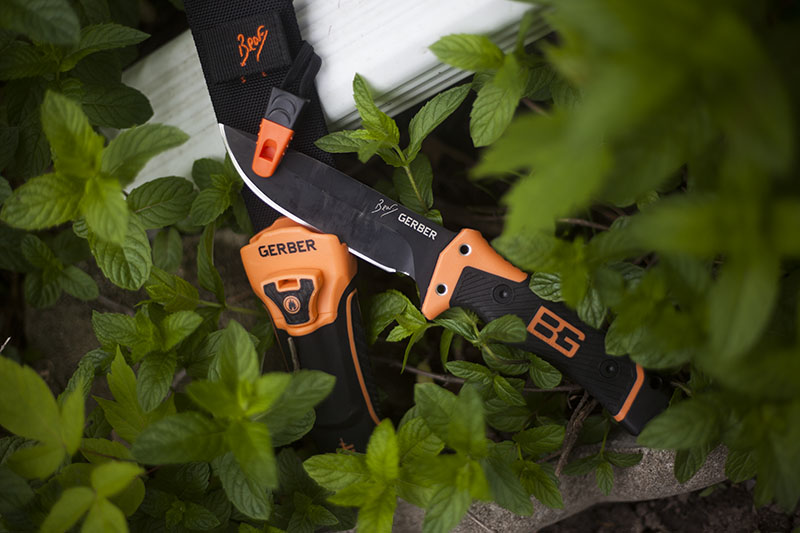 Gerber Bear Grylls Ultimate Survival Knife with Sheath – Amazon
Gerber Bear Grylls Ultimate Survival Knife with Sheath – Amazon
3. Survival Gear List for Hydration
Whether you’re preparing for the zombie apocalypse or you’re an urban prepper preparing for an emergency, you’re going to need ways to collect and purify water. The survival gear below, therefore, will likely be stockpiled by all types of survivalists and preppers alike.
Water Collection & Storage
- Water collection tank
- Water bottle
(ex. Klean Kanteen Wide Mouth Water Bottle) - Canteen
- Water bag
(ex. Camelbak Thermobak 100oz) - Non-lubricated condoms
Water Purification
- Bleach
- Water filter
(ex. Lifestraw Personal Water Filter or
Sawyer Products SP128 Mini Water Filtration System) - Water purification tablets
(ex. Potable Aqua Water Treatment Tablets)
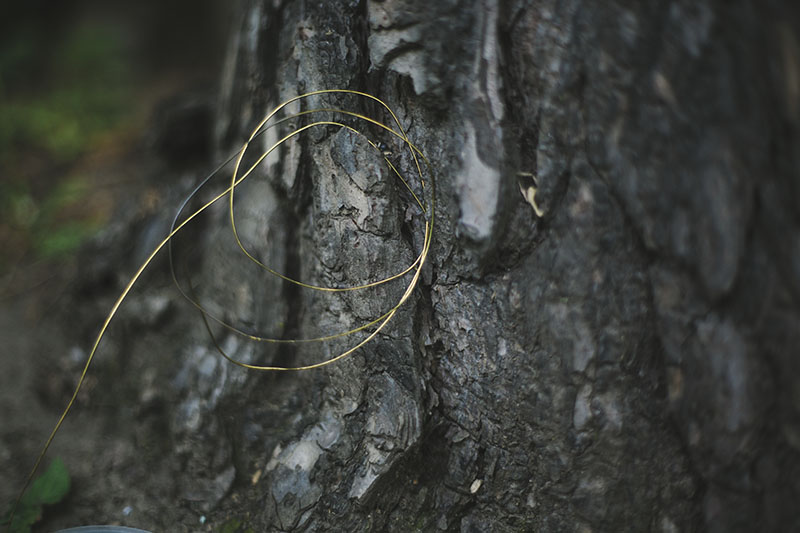
4. Survival Gear List for Thermoregulation
You’re much less likely to need the heat generation survival gear if you live in a desert state or a place that typically does not get cooler weather. That being said, this type of gear can still be helpful in case of climate change or especially cold nights.
If you’re in a cold climate and are doing your best to prepare for power outages that may happen in the winter, take a read through our guide to staying warm indoors during a power outage when it’s freezing cold outside.
Heat Generation
- Mylar/space emergency thermal blanket
(ex. ER Emergency Ready Thermal Mylar Blankets) - Sleeping bag
(ex. Coleman North Rim 0 Degree Sleeping Bag) - Butane/propane heater
(ex. Mr. Heater Portable Buddy Propane Heater) - *See list of winter emergency supplies
Water Protection
- Rain jacket
(ex. Dickies Men’s Fleece Lined Hooded Jacket) - Rubber rain boots
- Poncho
(ex. Frogg Toggs Men’s Ultra-Lite Ponchos)
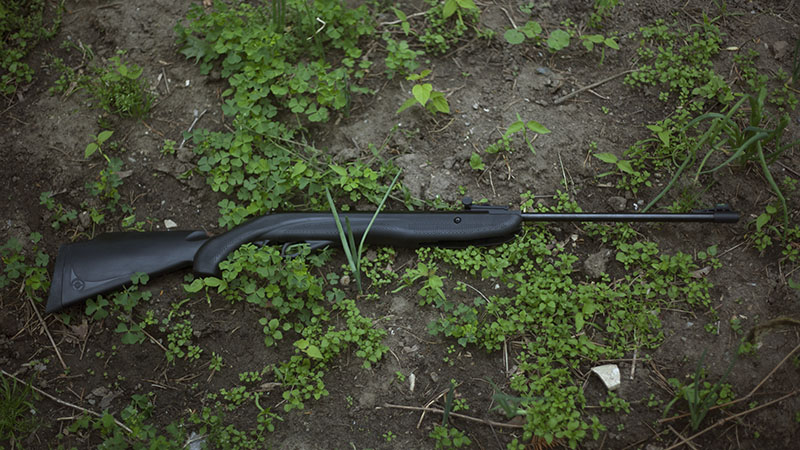 Crosman Phantom .177 Caliber Break Barrel Air Rifle – Amazon
Crosman Phantom .177 Caliber Break Barrel Air Rifle – Amazon
5. Survival Gear List for Nourishment
Planning out what to eat after an emergency situation arises is one of the first things survivalists and preppers typically do. Although stockpiling food is an excellent idea, it’s also great to have a plan for what happens if the emergency situation extends longer than a stockpile will last. Fishing and hunting outdoor gear, in this situation, will prove very valuable.
Of course, when you’re planning out what you’re going to eat after a SHTF situation takes place, you should also be planning out how to cook that food as well. No good having canned goods if you haven’t thought of a way to get those cans opened without spilling their contents.
Hunting
- Binoculars
(ex. Bushnell H2O Waterproof/Fogproof Roof Prism Binocular) - Slingshot
(ex. Barnett Outdoors Cobra Slingshot with Stabilizer and Brace) - B.B./pellet gun + pellets
(ex. Crosman Phantom .177 Caliber Air Rifle) - .22 LR rifle + ammo *(if legally permissible)
- Snare wire
- Crossbow
Fishing
- Fishing rod
(ex. Okuma Tundra Surf Spinning Combo) - Fishing line
- Fishing lures
Gathering
- Bags
- Baskets
Gardening Aids
- Seeds
- Trowel
- Gardening knife
(ex. Sun Joe SHori-Hori Garden Landscaping Digging Tool) - Pruning shears
(ex. Fiskars Traditional Bypass Pruning Shears) - Shovel
- Rake
Survival Food & Consumables to Stockpile
- MREs & Dehydrated Foods
(ex. Genuine U.S. Military Surplus MRE or
Valley Food Storage Mango Habenaro Chili) - Rice
- Salt
- Hard candy
- Energy bars
- Canned food
- Wine & liquors
- *See list of best non-perishable survival foods
Cooking & Eating
- Can opener
(ex. Swing-A-Way Can Opener or
P-38 & P-51 Can Openers) - Cast iron pan
- Tin can
- Aluminum foil
- Stainless steel cooking pot/cup
- Portable wood burning stove
(ex. Solo Stove Ultra Lightweight Wood Burning Backpacking Stove) - Butane/propane camping stove + Butane/propane
(ex. GoHiking Lightweight Burner Classic Camping and Backpacking Canisters) - Butane/propane portable stove + Butane/propane
(ex. Smart Chef Deluxe Butane Burner Stove) - Cooking/eating utensils: forks, spoons, knives, chopsticks
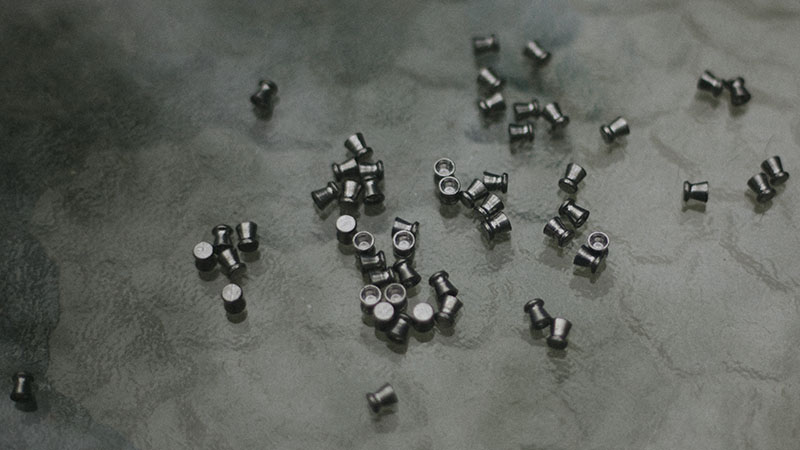
6. Survival Gear List for Shelter
As mentioned before, you can technically build your own shelter if you have the proper survival gear tools at hand. That being said, it’s always nice to get an upper hand on shelter, as it will also help you stay warm and dry in case of an emergency or survival situation.
Shelter
- Tent
(ex. Coleman Red Canyon Dome Tent) - Tarp
(ex. Texsport Reinforced Rip-Stop Polyethylene Tarp) - Bivy sack
- Survival hammock
(ex. ProForce Jungle Hammock with Mosquito Net)
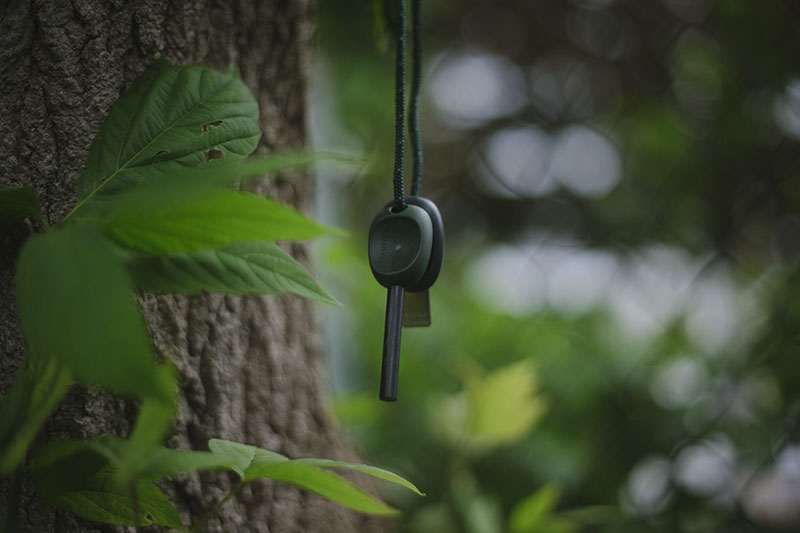
7. Survival Gear List for Medicine & First Aid Supplies
Prepper gear should also include at least basic first aid supplies and medicine. Though the medicine you can stockpile could never be enough to remedy each and every situation, having a basic first aid kit and some standard medicine will typically get you through a great deal of difficult situations.
Medicine
- Advil
- Aspirin
- Imodium
Find out why Imodium is useful for survival. - Antihistamines
- Tylenol Cold & Flu
- Benzocaine gel (for toothaches)
- Specialized medicine
- Topical Supplies
- *See full list of medicine & first aid supplies to stockpile
First Aid
- Sewing kit
- Rescue shears
(ex. Prestige Medical Fluoride Scissor) - Quik Clot
(ex. QuickClot Sport Advanced Clotting Sponge) - Splints
- Tourniquet
(ex. C-A-T Combat Application Tourniquet) - Wound dressing
(ex. DuoDERM Extra Thin CGF Dressing) - Iodine
- 50% alcohol solution
- *See full list of medicine & first aid supplies to stockpile
 Fenix LD20 180 Lumen LED Flashlight – Amazon
Fenix LD20 180 Lumen LED Flashlight – Amazon
8. Survival Gear List for Rescue
If you’re planning on getting rescued, or if you’re at all interested in navigation, communication, or really any way of knowing what’s happening in the outside world after the shit hits the fan, you might be interested in adding a few of the survival gear items below to your stockpile. Though not every survivalist/prepper will be interested in staying connected if the SHTF, if this is important to you, make sure you have a way to do it!
Navigation
- Compass
(ex. Suunto A-10 Field Compass) - GPS
(ex. Garmin eTrex 20 Worldwide Handheld GPS Navigator) - Maps
Communication & Rescue
- Cell phone
- Walkie talkie
(ex. Motorola MH230R 23-Mile Range Two-Way Radio)
- Satellite phone
- HAM, CB, or shortwave radio
(ex. BaoFeng UV-5R+ Dual-Band Ham Two-Way Radio) - Windup or AA-battery radio
(ex. Ambient Weather Emergency Solar Hand Crank Radio, Flashlight, Cell Phone Charger) - Signaling mirror
(ex. Ultimate Survival Technologies StarFlash Signal Mirror) - Flares
- Whistle
(ex. Fox 40 Sonik Blast CMG Whistle) - Personal locator beacon (PLB)

9. Survival Gear List of Clothing & Apparel
There’s a wide variety of clothing that would be helpful in emergency and survival situations. On top of your day-to-day clothing, you may want to be sure to include at least a few of the items below in your clothing/apparel prepper gear stockpile. Especially, of course, if you’re worried about long term survival.
Clothing & Apparel
- Wool socks
(ex. Wigwam Unisex Merino Wool Comfort Hiker Sock) - Shemagh
(ex. ProForce Shemagh) - Bandanas
- Jacket
- Tactical boots
(ex. Bates Ultra-Lites Tactical Sport Work Boot) - Hiking boots
- Sunglasses
(ex. 5.11 Unisex Tactical Burner FF Polarized Sunglasses) - List of clothing & apparel to stockpile coming*
10. Survival Gear List of Power & Electricity
Some survivalists will, no doubt, want to stay as far away from these items as possible, as most of them will over time become useless in a state of complete apocalyptic devastation. That being said, for short-term prepping emergencies, at the very least, these items are likely to come in quite handy, especially in our power/electricity driven world of today.
Power Back-Up
- Rechargeable batteries
(ex. AmazonBasics AA High-Capacity Rechargeable Batteries) - Battery solar charger
- USB solar charger
(ex. Opteka BP-SC4000 Ultra Thin Solar Powered High-Capacity Charger) - Energy bank
(ex. Anker Astro E4 Dual USB Portable Charger External Battery Power Bank) - Car phone charger
- Butane/propane tanks
- Electricity generator
 Spyderco Endura 4 FFG Folding Plain Edge Knife – Amazon
Spyderco Endura 4 FFG Folding Plain Edge Knife – Amazon
11. Survival Gear List for Car Emergency
In case you don’t have a car or vehicle, or don’t plan on using one in a survival or emergency situation, you can completely ignore this section of the list. If a vehicle is in your emergency preparedness plan, however, you’ll want to make sure you’ll have these items at the very least.
Vehicle
- Jumper cables
(ex. AAA 4326AAA Heavy Duty 16′ 6 Gauge Booster Cable) - Cable ties
(ex. Pro Tie B8SD100 8-Inch Standard Duty Cable Ties) - Oil
- Gasoline
- Spare tire
- Tire repair kit
(ex. Slime 70004 Power Spair 48 Piece Tire Repair Kit)
12. Survival Gear List for Security
In survival and SHTF situations, you’ll want to make sure to defend yourself and your family against both other people and animals. There are a variety of ways which you can do this, although of course some work better than others. Certainly look into attaining a firearm if this is legally permissible in your locality, and if you ever consider you may like to have it as a backup option. If you are interested in firearms, make sure to learn about them and train with them prior to an emergency situation. You can’t expect to be good with a firearm your first time shooting.
Self-Defense Weapons
- Bear spray
(ex. Sabre Frontiersman Bear Attack Deterrent) - Pepper spray *(if legally permissible)
(ex. Sabre Red Police Strength Pepper Spray) - Tactical flashlight
(ex. Fenix PD35 850 Lumen LED Tactical Flashlight) - Firearm + ammo *(if legally permissible)
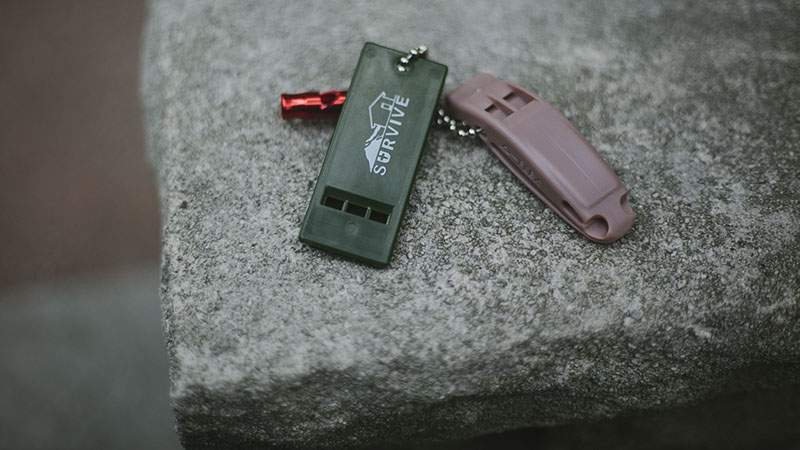
13. Survival Gear List for Important Documents & Finances
Whether or not you plan on bugging out in an emergency SHTF or survival situation, you definitely want to have your important documents and some healthy finances on your side. Tradeable goods are also extremely helpful post-SHTF, which is why they’re on this list. It may be more beneficial to stockpile urban survival gear that will actually be of use to you and those around you in a post-SHTF situation, but in case there’s something you forgot or ran out of, tradeable goods are definitely an asset.
Important Documents
- Personal identification papers
- Passports
Finances
- Extra money
- Credit cards
Barter Items/Tradeable Goods
- Gold
- Silver
- Cigarettes
- Toilet paper
- Alcohol
*See list of best alcohol to stockpile - List of barter items/tradeable goods coming*
14. Survival Gear List for Educational Resources
The educational items on this list are of course not a must-have, but they’re great to have on you in case you need some help and aren’t quite sure what to do.
Stock a Kindle e-book reader, tablet, or Chromebook full of useful survival books and resources and you’ll have a hell of a lot easier time if there’s something you haven’t let learned how to do or need to do for the very first time.
If you’re a prepper, first aid books are a must-have, and general survival books are a very good idea. If you’re concentrating on wilderness survival, it would be beneficial to keep a few good foraging and plant biology books on you, ones that will let you know what’s edible in your region and what’s not: because you definitely don’t want to be nibbling on poison plants you thought were fine to eat in a survival/SHTF situation.
Electronics
- Kindle
- Tablet
- Chromebook
(ex. HP Chromebook 11)
Survival Books
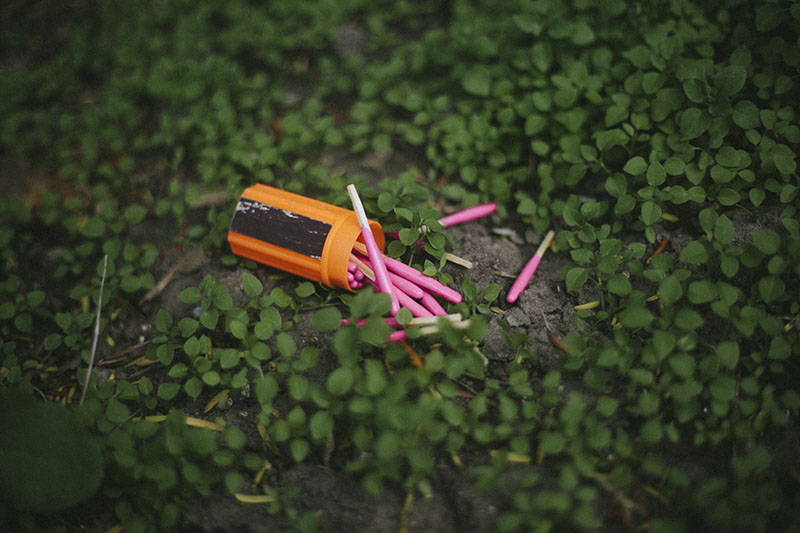
Looking for Budget & Discount Survival Gear?
If you’re interested in grabbing some inexpensive survival gear from outdoor retailers like Cabella’s, REI, and Patagonia, take a look at our massive list of knife & outdoor retailers’ sale, deal, & clearance pages! All the best outdoor gear discount pages to visit linked to on one page.
There’s also plenty of cheap, yet high quality survival gear that’s a great price whether or not it’s on sale. If you’re interested, take a look at what we think the best bang-for-buck survival gear products are at the $5, $10, $15, $20, & $25 price points.
Any Gear We’ve Missed?
Let us know if we’ve missed anything that should be on this comprehensive list by leaving a comment down below!
Oh my, finally a list that includes iodine! The easiest place to source from is breweries, wineries and distilleries. I happen to work in one (brewery), and have stashed away quite a few 4oz bottles to dole out to my friends/crew when things start going south. Not only can you clean wounds with it, but, depending on the concentration and its chemical format (there are a couple different ways it can be ‘compounded’ to keep it stable) you can use it to treat water to make it drinkable. Just a tiny bit can go a very long way. For SHTF childbirth, this would be ABSOLUTELY essential. One other thing that I didn’t see on the list that should certainly be there is a quality pair of nail trimmers. Good boots, awesome socks and foot powder is great and all, but you still need to trim those hacksaws. I wish you all, and your families, a healthy, safe and happy existence. Prost, from CT.
if the situation is not so dire as to be worth even $100, you should be avoiding people The risk of treachery, murder, enslavement and diseases will be too high. Half of a 1/10th oz gold coin is $100. cut it with a rock and a big knife., on a log.
Additions for you (if you can get them because I understand money is very tight due to the ‘rona.
-several quarts of oil (in case you get a leak or rupture.
-antifreeze (winter grade if your climate requires it)
-fix-a-flat
-full tool set (wrenches, socket driver w/ socket set, hammer, ax, vise grips, pliers (needle nose and standard), wire cutters, jack, jack stand (cannot go under a vehicle without one incase the jack fails you will get crushed), steering fluid, brake fluid, transmission fluid, shovel, flashlights (mag-lite’s are best = cheap and never break), fan belts (fluids and fan belts are almost ALWAYS specific to your vehicle so ask in store or look up part numbers)
Lithium batteries (better than alkaline for long term storage in case you forget to change ALL batteries every 2 or 3 years), vehicle first aid kit (separate from the ones in the bags/packs), fire kit (blast match, magnesium block/striker, pack of lighters, several BBQ lighters (makes lighting impromptu campfires easier), lighter fluid (both aerosol i.e. butane and liquid i.e. ronson), hexamine/trioxane fuel tablets with folding stove, cooking rack (any decent stainless steel folding grate that can support a fully loaded frying pan and a kettle. These are usually found in the BBQ aisle or with the pots and pans), Steri-pen, cling wrap, booster pack, jumper cables, jerry cans/fuel cans (prefer plastic), roof storage bin (you’ll thank me when you can’t get that last few bags and suitcases inside the car), shop towels (Scott brand or similar. These are normally blue and usually found at gas stations or hardware stores) and some fuzes.
Paper maps. Paper copies of important documents. D-rings. Chem lights (red for night time use, any other colors for daylight). Paracord. bug spray (hand pump NOT the pressurized kind and place this on the OUTSIDE of the bag somewhere it won’t leak on anything important and ruin something) ibuprofen. 4/5 sets of gloves for every person in the group. 1 winter, 2 leather (for manual labor), 1 or 2 set mechanix normal gloves. beef jerky (good in a pinch, quick and filling but it IS thirst-provoking). super glue. antacid tablets or liquids (at least one bottle – largest size you can find – for each person) pepto or any other similar stomach medicine (at least 1, suggest 2 bottles) thermapen (these measure internal food temp so you don’t get sick from under cooked meats), bug/mosquito nets (1 each person) for when the bug spray runs out, goggles.
Good list. Strange to me that some people still don’t have full tool kits. Madness.
Just happened to see your blog and I want to commend you on it. Hopefully people read it earlier and prepared as we are now faced with a survival type setting. This event we face will hopefully educate people on the importance of preparation for the unforeseen. Keep up the good job of educating and potentially saving lives.
I’d add a gun. Thousands of people in the US are attacked EVERY day. Guns save lives, EVERY day. How often is someone stranded in the wilderness and saves themselves with their gear? :-) A gun can start a fire, it can kill animals or fish for food, take a big animal whose carcass/pelt can serve as cover, the ejector port cover of an AR can become a hoku knife, the 100 rd drum can be a container, :-) I recomemnd the 6″x4.5″. 15 oz Sig P938 pocket 9mm with luminous sights and a .22lr conversion unit, but you’ll need a re-designed thumbsafety. The factory one sucks for re-engaging it. Add a replacement trigger from Gallloway Precison, too. When you’re skilled with it and it’s properly modified, the little Sig can do amazing things, to include taking deer at bowhunting type distances.
I think it’s worth considering Low Self Discharge (LSD) rechargeable batteries over High Capacity ones. You’ll most likely find the ‘lower capacity’ LSD cells sustain their charge much better over a period without use. The High Capacity cells will be practically spent after sitting for a month or two and need charging again before use. .
I’d ditch the WD-40 (Water Dispersant) for Ballistol Universal Oil. Developed for the German army over a century ago, it does everything WD-40 does and lots lots more AND it’s food safe. Not only will it lubricate and prevent rust, it also feeds and protects wood and leather; making it supple and water resistant, it functions as a wound disinfectant, neutralises acid residues – the list goes on…
https://ballistol.com/uses/other-uses/
Call me old school again but… I don’t understand the fixation with super-bright LED torches.
While I fully appreciate the awesomeness of a 6000 lumen NiteCore QuadRay, more often than not I just want to be able to ‘Go outside for a while’ without causing a Rendlesham Forest type incident.
Sure, there must be some use for a torch that’s four times as bright as car headlights: illuminating overhead aircraft; repelling vampires; de-furring a charging badger; hilariously blinding your tent-fellows… but to my mind it’s all a marketing arms race based on the myth that brighter is better – Don’t be fooled, It ain’t necessarily so… I recall how disappointed I was at how utterly crap the old British Army issue right angle torch was until it was pointed out to me the benefit of having a light source that illuminates just enough without destroying ones night vision. It’s a principle I value to this day.
You can now get replacement LED ‘bulbs’ for traditional incandescent bulb torches and I’ve gotten much satisfaction from reviving some classic old (20th Century!) torches, long retired and forgotten. Who remembers the old EverReady black rubber torch that was ‘the Daddy’ before Maglites appeared in the 80s? I’ve replaced the bulb with a 0’5 amp 3200k (warm white) LED. You can get brighter LEDs but they look colder as they get more powerful and like I say, it doesn’t dazzle myself or others. Personally I’ve come to despise the cold unearthly 6500k intensity of ultra bright LEDS. The low intensity LED also offsets power consumption making it even more efficient (than LEDs are already) I expect this torch will still function in another 40 years, unlike modern torches with integrated rechargeable cells.
It’s taken friends a while to understand why I still champion the use of ‘retro’ oil lamps over LEDs (in a static camp/Bug In situation) It’s because 5-10 lumens is enough, you can add citronella oil to deter bitey things and they add some warmth under cover too. They’ll run for a many hours on a couple of ounces of kerosene/paraffin(UK) or diesel. Furthermore you can stare at them for ages, just like you can a campfire :-)
Call me old school but… I don’t understand the fixation with propane/butane in portable stoves. Those gas canisters are quite a finite resource and I’ve witnessed several catastrophic failures with these things despite being perceived as safer than the liquid fuel stoves which seemed commonplace during my camping heyday in the 1990s. These days my ‘vintage’ Coleman Dual Fuel 533 (Sportster) seems to be regarded as a novelty and is met with fascination and fear. It is both robust and efficient and runs on either Coleman fuel or else easily available unleaded petrol. It’s as effective as a >2kw kettle even in the wind and sub-zero temperatures (where butane performs poorly). Folks used to gas cartridges tend to be fearful of the burst of yellow flame which appears for about 10 seconds on startup until the Coleman comes up to pressure and temperature. I guess this and a few dozen pumps to pressurise the thing must seem like a major disadvantage to people used to the hassle free (on a warm summer’s day) operation and ‘likely availability’ of Camping gaz cylinders at the camping store in some local town just a few miles away…
I’m certain the predominance of propane/butane canisters comes down to marketing strategy (pioneered by Gillette razors a century ago). The consumables are where the profit’s made and they draw us all back to the shop to buy more stuff. Saddens me how often I find those empty blue tins discarded in the wilderness :-(
If I were hardcore, with funds to spare I’d most likely invest in a primus omnifuel/multifuel stove. They can be used with virtually any kind of fuel, including gas, gasoline/petrol, diesel, kerosene/paraffin; even aviation fuel, and are adjustable from simmer to boil even while wearing gloves.
If you dont really know rocks or stones, Add some flint for fire starting, but its not hard to identify flint in the wild. Plus if you are in the wilderness, because there are hundreds of different plants and it would take years to get good on identifying them, get a pocket guide of edible and poisonous plants and bugs and keep it in a waterproof bag of some sort. There are many others but ill keep this short.
I always felt those pocket edible mini books were a fantastic idea, then again, I am the sort of idiot who thinks all berries look the same! ;)
Common sense:
When you buy one multi-tool, buy two. There’s nothing more frustrating than needing two pair of pliers.
Take a roll of dryer sheets. There is no lighter, more effective racoon/opossum/mouse/insect repellent. They are also marvelous at cleaning things, (rinse cookware/utensils afterward), preventing static from your sensitive electronics and are reusable. Good tinder, too.
Take a roll of garbage bags, not for your own garbage (although a good idea in itself) but as a moisture-proof cache for things you don’t want to carry – toilet paper, ammo, hatchet, clothes, shoes, canned goods, tent, sleeping bags, camper shovel. In urban areas, most people won’t investigate, in the woods, mark your cache with a dryer sheet. Also good to put between your sleeping bag and the ground, keeping your gear dry, keeping your feet warm, rain shelter, solar stills, multiple uses. I prefer the black 13 gallon ones.
A miniature can of WD-40 (registered trademark), one of the crown jewels of civilization. Stay away from plastics, though, and of course, food. I use it primarily for my axe and shovel, and to keep rust off my tools.
And finally, a really good field guide to edible plants, paper-back cookbook if you can find one.
I never knew dryer sheets acted as insect repellent, how interesting! Roll of garbage bags is also a very good suggestion, thanks for dropping by Richard!